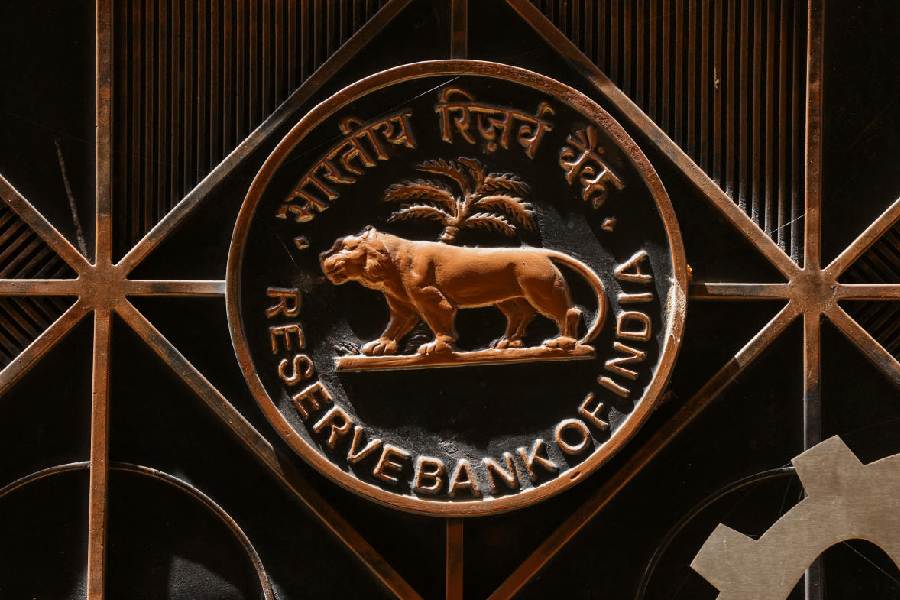The Reserve Bank of India (RBI) and the International Monetary Fund (IMF) are slugging it out again: and this time it is over the forecasts of general government debt to GDP ratio.
General government debt — which adds up the borrowings of the Centre and states — has been cresting above 80 per cent, which has been a source of concern for the multilateral institutions like the IMF and global credit rating agencies.
In an article written in the latest RBI bulletin, deputy governor Michael Patra and a few other colleagues have roundly rejected the IMF’s view that if historical shocks materialise, India’s general government debt would exceed 100 per cent of GDP in the medium term.
Patra and his colleagues believe that India needs further fiscal tightening. But they forecast that India’s general government debt-GDP ratio would decline to 73.4 per cent by 2030-31, around 5 percentage points lower than the IMF’s projected trajectory of 78.2 per cent.
“This is noteworthy as the debt-GDP ratio is projected to rise from 112.1 per cent in 2023 to 116.3 per cent in 2028 for advanced economies and from 68.3 per cent to 78.1 per cent for emerging and middle-income countries,” says the report titled “The Shape of Growth Compatible Fiscal Consolidation”.
In December last year, the finance ministry had also rebutted IMF’s projection that general government debt in India would exceed 100 per cent of the GDP under “adverse shocks” by 2027-28.
North Block said that the projection was “misconstrued”. It went on to add that the IMF report talks only of a worst-case scenario and this is not a fait accompli even as similar reports for other countries show much higher extreme scenarios for them.
At that time, the Centre had added that the corresponding figures in ‘worst-case’ scenarios for the US, UK and China were about 160, 140, and 200 per cent, respectively, which is far worse than the 100 per cent forecast for India.
It went on to add that the general government debt had declined from about 88 per cent in 2020-21 to about 81 per cent in 2022-23 and that the Centre was on track to achieve its fiscal consolidation target (to reduce fiscal deficit below 4.5 per cent of GDP by 2025-26).
Further, the states have also individually enacted their Fiscal Responsibility Legislation, which is monitored by their respective State Legislatures. Therefore, the General Government debt could decline substantially in the medium to long term.
Recently, the monetary policy committee (MPC) had also observed that the public debt levels in advanced economies were much higher than those in the emerging market economies.
It had said that while global public debt to GDP ratio is projected to reach 100 per cent by the end of this decade, given the fiscal consolidation path in India as well as improving growth prospects, the general government debt would gradually decline.
In a press release issued in December after the Article IV consultations, the IMF had said: “While the budget deficit has eased, public debt remains elevated and fiscal buffers need to be rebuilt.”
Spat over rupee
The RBI and the IMF were embroiled in a spat in December when the latter characterised the Indian central bank’s interventions in the foreign exchange market to prop up a floundering rupee as excessive, prompting it to re-classify India’s de facto exchange rate regime as a “stabilised arrangement” from “floating”.
The issue snowballed into a kerfuffle between the two sides during a recent Article IV review of India’s policies.
Under Article IV, IMF holds bilateral discussions with members, usually every year. A staff team visits the country, collects economic and financial information, and discusses with officials the country’s economic developments and policies and prepares a report which later forms the basis for discussion by its executive board.










